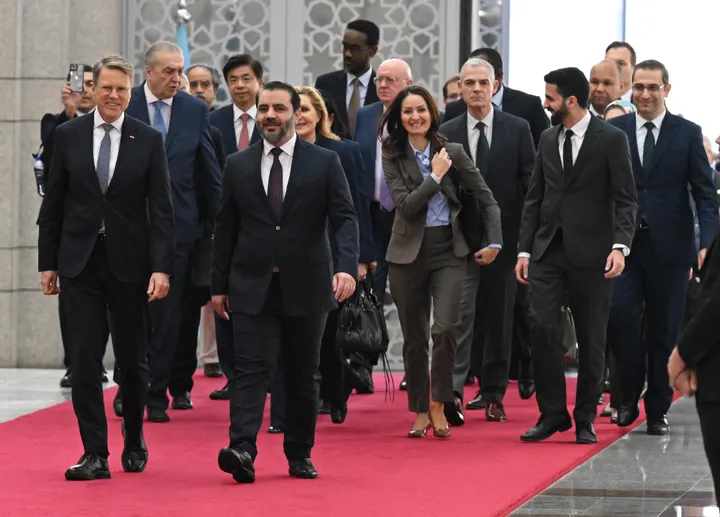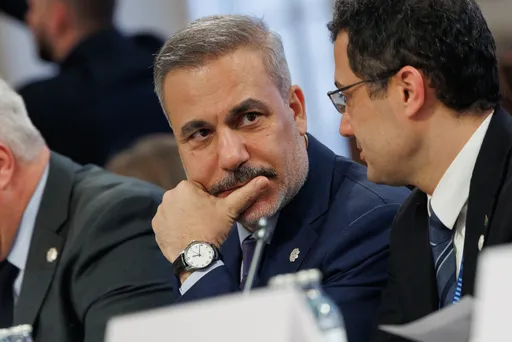The final report from the commission investigating the helicopter crash that resulted in the death of Iran's former President Ebrahim Raisi in May has concluded that the incident was caused by adverse weather conditions.
The commission, which included specialised military and civilian experts, submitted the report on Sunday, attributing the crash to the "complex climatic and atmospheric conditions" typical of spring in northwestern Iran.
Raisi, along with then-Foreign Minister Hossein Amirabdollahian and their companions, all perished when the helicopter they were travelling in crashed in the mountains near the city of Tabriz on May 19.
The group was returning from a ceremony at the Azerbaijan border following the inauguration of a major dam project.
Following the crash, a commission was established to investigate the causes and details of the accident, which subsequently led to a snap presidential election in the country.
'Instructions followed'
The commission's report stated that the inclement weather conditions in northern Iran during spring led to the sudden formation of a dense mass of fog, which caused the helicopter to collide with a mountain.
The report indicated that all documents and records related to the helicopter's maintenance were reviewed, and everything was found to be in accordance with the required standards.
Additionally, the documents and correspondence related to the mission of the high-ranking team aboard the helicopter were found to be "in compliance with necessary instructions, guidelines, rules, and standards."
The report affirmed that the helicopter "followed the planned route and did not deviate from it," noting that weather reports from the day of the accident and the previous day were also examined.
Information from the helicopter's cockpit voice recorder (CVR) and flight data recorder (FDR) was analysed, and it was confirmed that no emergency messages or distress signals were issued by the pilot.
The investigation found no evidence of suspicious activity or signs of sabotage, including the possibility of the helicopter being targeted or subjected to electronic warfare.
Raisi served as Iran's president for three years and was succeeded by Masoud Pezeshkian following his victory in a snap presidential election in June.
























